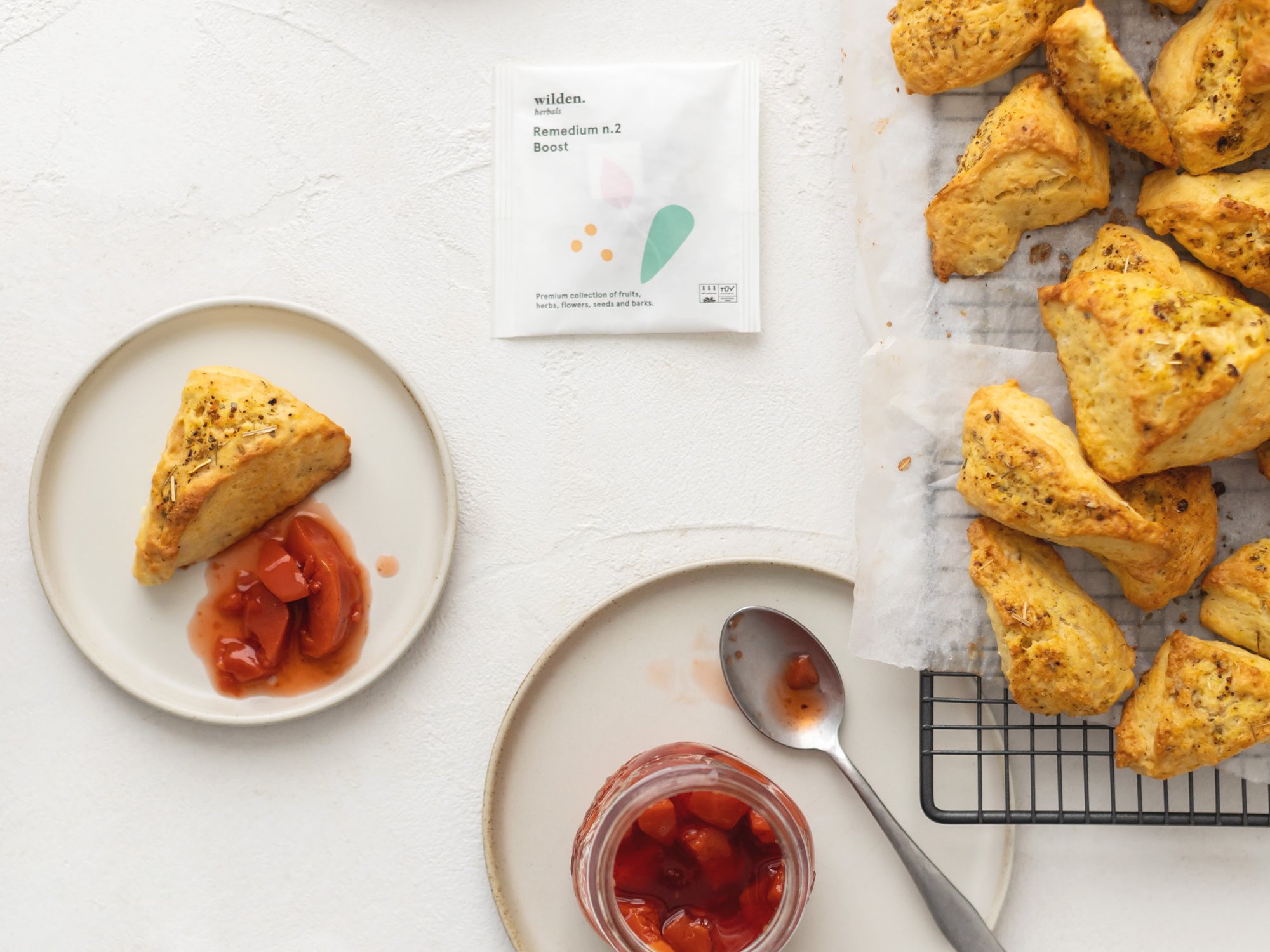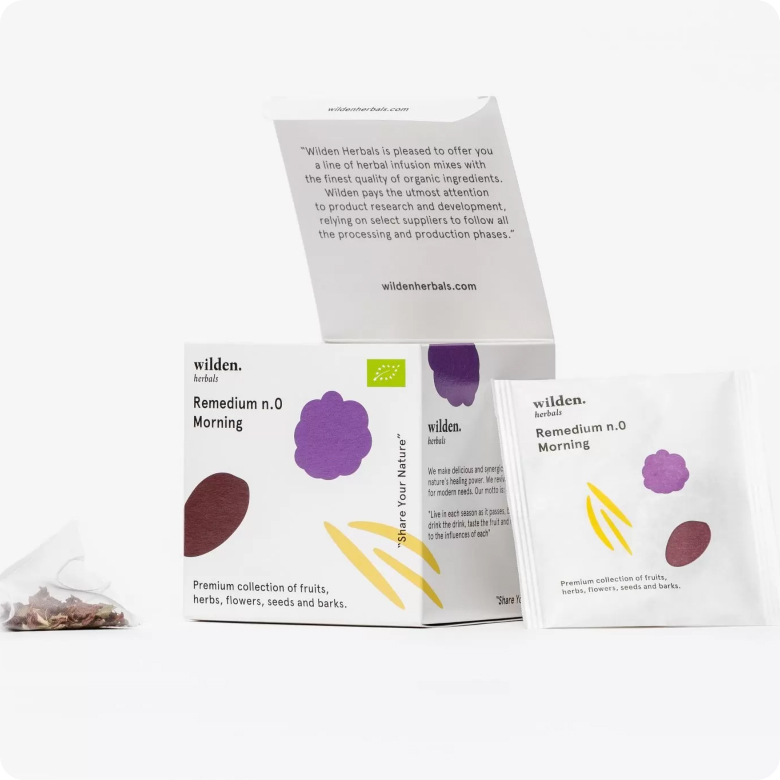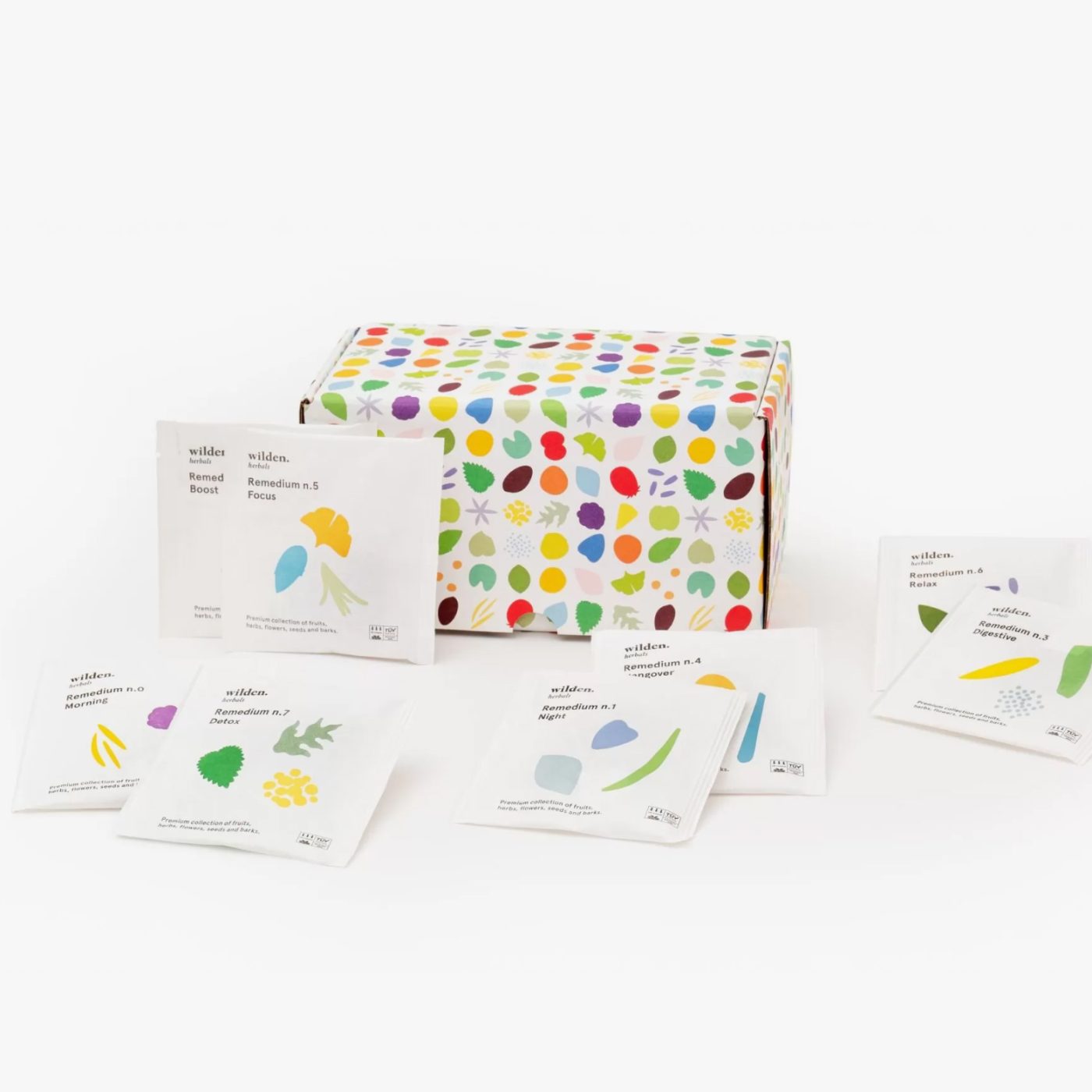Tips and best practices for worry-free breastfeeding
Breastfeeding can be quite challenging! Check out our tips to make your experience more enjoyable and natural
L’allattamento è uno dei metodi più efficaci per assicurare la salute e la crescita di un neonato. Il latte materno è infatti l’alimento ideale per i bambini appena nati: è sicuro, nutriente e contiene anticorpi (abbiamo parlato dei benefici anche in questo articolo).
Although breastfeeding is something innate in the female human body, there can be complications and some challenges to be faced. Breastfeeding is for all intents and purposes a process and can take time for both mother and baby to be “on the same page.” In this article we will look together at good practices and some tips for an enjoyable breastfeeding experience.
How many times should you breastfeed
Infants should be nursed when they ask for it, that is, when the baby is hungry. Some children need more milk, others prefer smaller amounts but more frequently.
Some signs of hunger:
- The infant cries, whimpers or screams
- Turns head from side to side as if looking for breasts
- She makes movements with her mouth, brings her hand to her mouth, licks her lips
- He is very agitated and breathing laboredly
- You suck your finger or a toy

Breastfeeding positions
The most common problems in breastfeeding have to do with techniques and frequency. Achieving the right position for the baby to latch on well to the breast takes time and work.
First, it is important that both mother and infant are comfortable. Choose a space to relax and use a pillow that can provide support and feel comfortable for anywhere from 20 minutes to an hour.
The positions you can take:
- Lying on your back
- Cradle-like (back straight with the baby resting along the arm, as if in a hammock)
- Lying on your side
- Front facing position (or “rugby” position, with the baby under your arm with your feet facing the back of the chair or sofa you are sitting on).
Are you struggling with breast attachments and positions? Consult a lactation specialist for help.
How to increase milk production during breastfeeding
If you think about it, breastfeeding is a simple supply and demand relationship. When demand increases-through sucking (stimulation) and consumption (the breast without milk)-then supply and thus milk production also increase.
Techniques such as stimulating your breasts by hand or with a pump will help you empty them of milk. With a huge benefit: creating more demand for new milk to be produced. Did you know. Breast milk that comes out of the breast can be frozen and used at a later time.
Another solution to try is longer breastfeeding. An infant should be breastfed for at least 10 minutes on each side (alternating breasts is very important: start each time on the breast opposite the one you finished with). If he falls asleep, gently wake him up with continue breastfeeding.
Encourage skin-to-skin contact: it can increase milk flow, lower the level of agitation in the newborn, regulate his or her body temperature, plus it helps create a bond between mother and baby that has a positive spillover effect during breastfeeding times.
Last thing: Take care of your nipples and breasts with massage and warm pads before feeding your baby. It can help milk flow and prevent mastitis (inflammation of the glands) and milk blockages.
Healthy nutrition for mothers: what to eat when breastfeeding
Breastfeeding requires a lot of energy. So it is necessary to rest well and find time to relax to produce more milk. A good, balanced, nutritious diet also plays a role in all of this, which is crucial for having more fuel for the body during breastfeeding.
Remember: good nutrition for the mother is also good for the baby. So our advice is to include foods such as oat milk, dark green vegetables and almonds to promote milk production.
Drinking plenty of fluids is important: hydration and milk production are linked since milk is composed of 90 percent water.
To be avoided during breastfeeding
- Avoid smoking, taking drugs or alcohol-they can in fact reduce milk production and in addition enter the milk itself
- Don’t drink coffee
- Birth control pills can alter hormones in the body and reduce milk production
- Stress and fatigue can also reduce milk production: always take time to relax and sleep
- Before starting any new medication, consult your pediatrician or lactation specialist: medications can enter breast milk.
And now some medicinal plants that help produce more milk
- Anise(Pimpinella anisum) stimulates colostrum and increases the amount of milk produced.
- Finocchio (Foeniculum vulgare): quest’erba aromatica ha da sempre riconosciuti effetti galattogoghi (aumenta la produzione di latte) ma anche digestivi.
- Fenugreek(Trigonella foenum-graecum): sweet-tasting, it has been used for centuries to support lactation. The flavor can be transferred to milk and may not always please the baby.
- Ortica (Urtica dioica): una pianta ricca di nutrienti, ferro e vitamine con effetti diuretici e un’azione che aiuta a combattere la stanchezza – ma ancor di più, galattogogo.
- Alfalfa(Medicago sativa): a widespread plant in cultivation, rich in vitamins, proteins and minerals. With antioxidant properties, it helps to increase breastfeeding.
- Galega(Galega officinalis): a plant that aids mammary gland development and stimulates breast milk production.

Have you ever thought of herbal teas to stimulate breast milk?
We at Wilden.herbals have been working on an herbal tea to promote breastfeeding and make it an even more enjoyable experience. On the one hand, it stimulates the amount of breast milk, and on the other hand, it provides a moment of relaxation for the mother.
Questa tisana è il risultato della selezione di piante officinali come anice, finocchio, alfalfa e galega che, insieme a limone (Citrus limone) e Lemon Verbena (Verbena odorosa), agiscono sinergicamente per aumentarne l’effetto galattogogo. Queste piante sono inoltre ricche di vitamine A, B e C e hanno un effetto rimineralizzante: insomma, una tisana che supporta da tutti i punti di vista le nuove mamme durante il processo così delicato dell’allattamento.
Bibliography
- World health Organization. Breastfeeding. https://www.who.int/health-topics/breastfeeding#tab=tab_1 Accessed 19/10/22
- Cleveland Clinic. Lactation. https://my.clevelandclinic.org/health/body/22201-lactation#:~:text=When%20your%20baby%20suckles% 2C %20it,and%20through%20the%20milk%20ducts. Accessed 19/10/22
- Drugs and Lactation Database (LactMed) [Internet]. Bethesda (MD): National Library of Medicine (US); 2006-. Available from: https://www.ncbi.nlm.nih.gov/books/NBK501793/
- Foong, Siew Cheng et al. “Oral galactagogues (natural therapies or drugs) for increasing breast milk production in mothers of non-hospitalized term infants.” The Cochrane database of systematic reviews vol. 5.5 CD011505. 18 May. 2020, doi:10.1002/14651858.CD011505.pub2
- Johnson, Rebecca L. & others. Medicinal Herbs. National Geographic. Washington, DC. 2010.
- WHO. WHO monographs on selected medicinal plants. Volumes 1-4. 2009.







